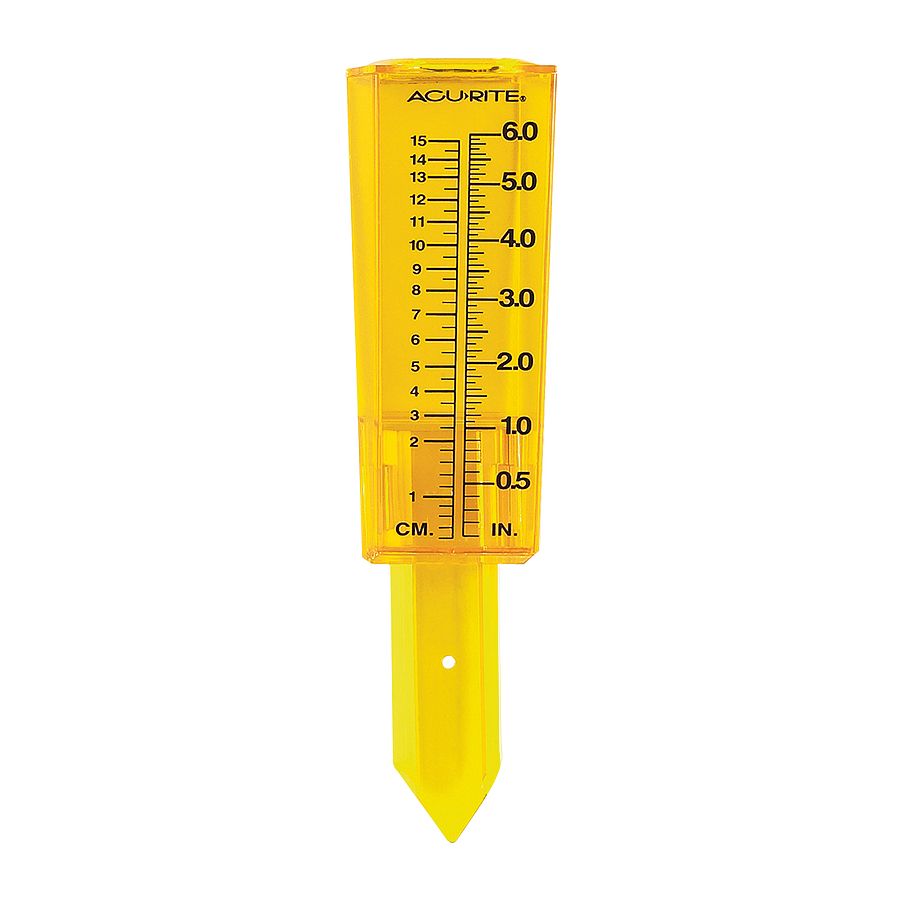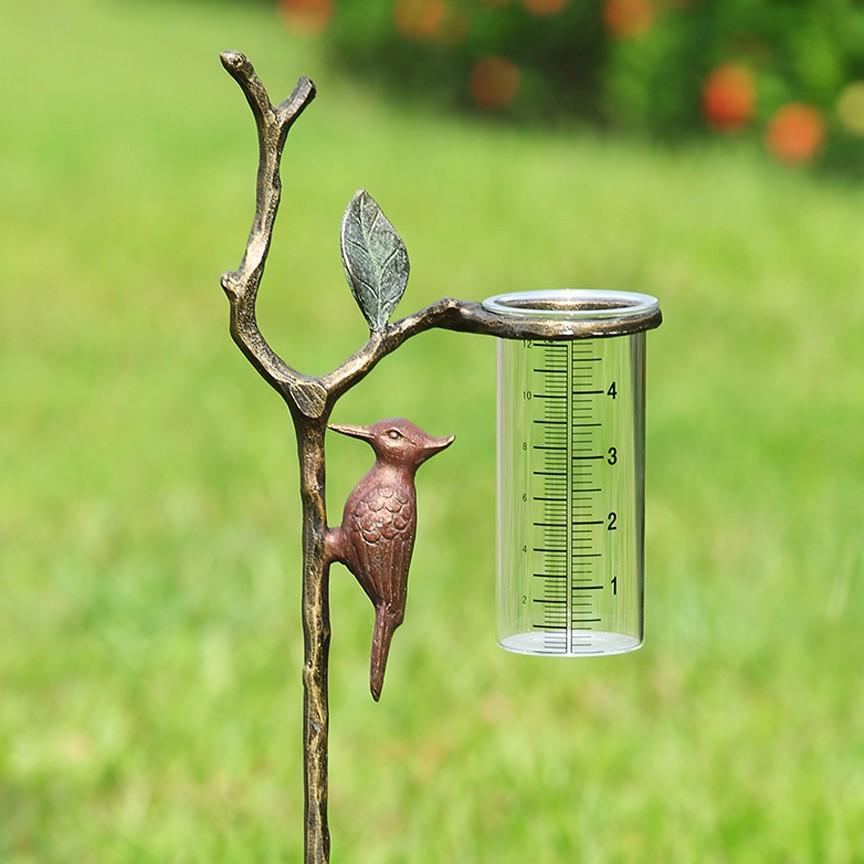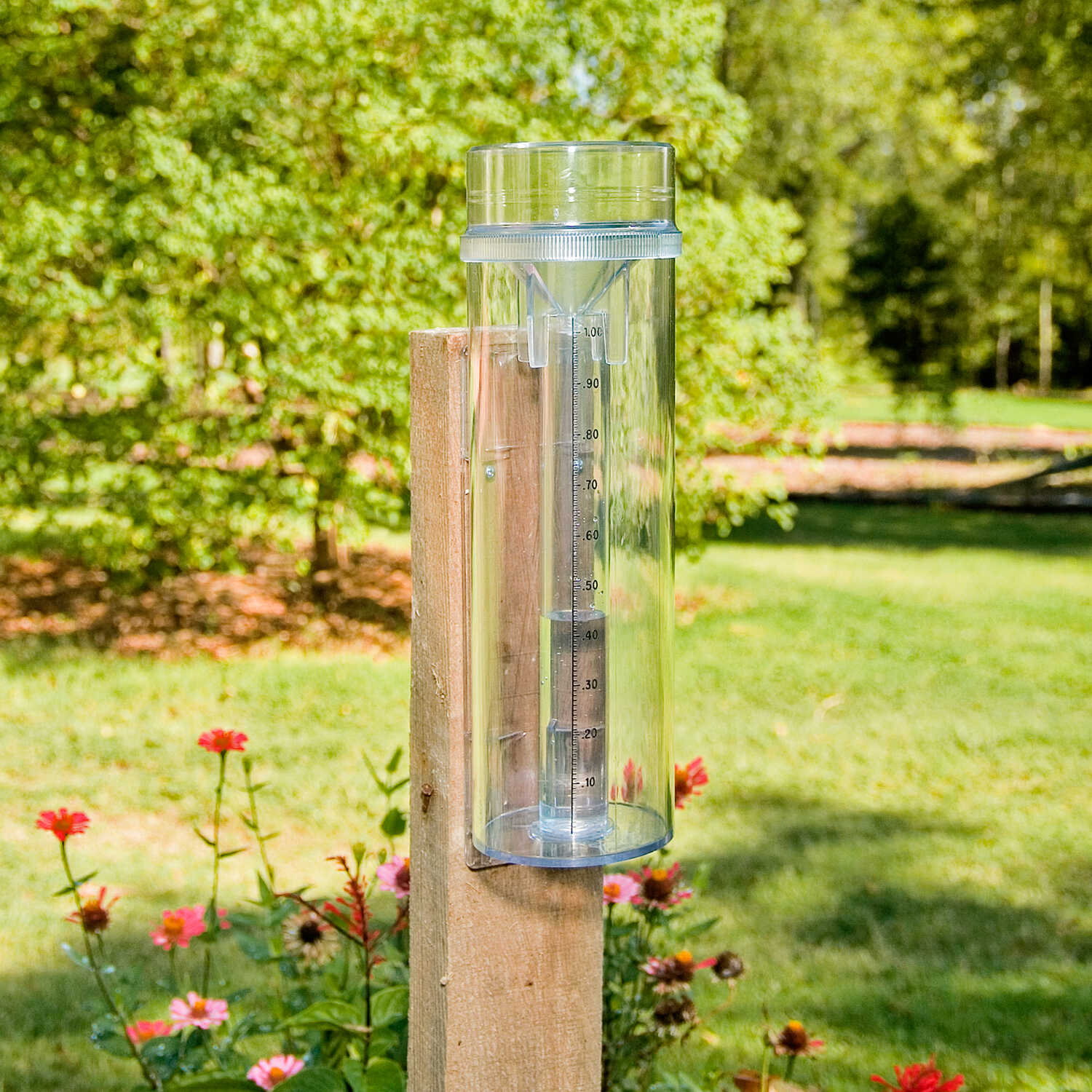The Rain Gauge: A Comprehensive Overview to Accurate Climate Dimension
Wiki Article
Exactly How to Choose the Right Rain Scale for Accurate Rain Data
To obtain dependable measurements, it is important to choose the right rainfall gauge. Considering variables such as place, type, and precision of the rain scale will certainly assist make sure accurate information collection. Furthermore, understanding the upkeep and calibration procedures will add to the durability and dependability of your rain gauge.Value of Selecting the Right Rainfall Scale
The relevance of selecting the appropriate rainfall scale exists in acquiring reliable and exact rainfall information for precise atmospheric analysis. Rainfall information is important for a wide variety of applications, consisting of weather condition projecting, hydrological modeling, and environment research. Undependable or imprecise information can result in wrong conclusions and flawed decision-making processes.
Second of all, the accuracy and precision of the rainfall scale are vital. The gauge ought to be able to measure rainfall with high precision, recording even percentages of rainfall properly. It needs to likewise reduce mistakes because of evaporation, wind, and various other ecological elements. Regular calibration and upkeep are important to make sure ongoing precision.
Additionally, the area and setup of the rainfall gauge are crucial factors to consider. It should be positioned in an open area, far from blockages that might influence rainfall dimensions. The gauge must be positioned at a proper height and angle to prevent spilling and guarantee correct catchment of rainwater.
Aspects to Consider When Selecting a Rainfall Gauge
When picking a rain gauge, there are numerous key aspects to consider. These aspects can significantly impact the accuracy and dependability of the rains data gathered. The initial element to take into consideration is the kind of rain scale. There are various types readily available, including typical rain assesses, tipping bucket rainfall gauges, and evaluating rainfall evaluates. Each kind has its very own benefits and drawbacks, so it is crucial to choose one that best suits your certain requirements and requirements.Another factor to consider is the product of the rainfall scale. Rainfall assesses can be made from different materials, such as plastic, glass, or metal. The product selected must be resistant and resilient to climate condition, making sure that the rain gauge will endure the aspects and supply precise measurements in time.
Accuracy is also an important aspect to think about. Search for rain evaluates that have been adjusted and examined for precision. Attributes such as anti-splash rings and funnels can additionally enhance the accuracy of the measurements.

Finally, think about the environment and atmosphere in which the rainfall gauge will certainly be utilized. Various rainfall assesses are ideal for different climates, so it is necessary to select one that is suitable for the conditions in your location.
Different Kinds Of Rain Gauges Readily Available
To better discover the elements to think about when selecting a rainfall scale, it is essential to comprehend the various types of rainfall assesses readily available. The most usual kind is the common rainfall scale, also recognized as the cylindrical rain scale.Another kind of rain scale is the tipping pail rain scale. As the rain drops right into the gauge, it loads up one side of the pail, creating it to tip and empty the water.
A 3rd type of rainfall gauge is the evaluating rain scale. As the rainfall falls right into the gauge, it is gathered in a container attached to a balance.
Ultimately, there are also remote rainfall gauges that use progressed innovation to gauge rainfall (The Rain Gauge). These determines use sensing units and transmitters to send information wirelessly to a main unit. Remote rainfall determines are practical for monitoring rainfall in hard-to-reach locations or for find here large data collection
Exactly How to Establish the Accuracy of a Rain Scale
One means to evaluate the precision of a rain gauge is by performing regular calibration measurements. Calibration entails contrasting the analyses of a rain gauge to a typical measurement, such as a licensed rainfall scale or a climate terminal with high accuracy. By comparing the dimensions, any kind of discrepancies or errors in the rainfall gauge can be determined and made up.To conduct a calibration measurement, begin by gathering rainfall information from both the rainfall scale and the basic measurement gadget over a certain period, such as a month. Compare the analyses and determine the distinction in between them. This distinction is recognized as the calibration error.
It is essential to note that calibration dimensions need to be carried out consistently, as ecological variables, such as wind, particles, and temperature level, can influence the precision of the rainfall gauge with time. By performing normal calibrations, any kind of modifications in the precision of the rain gauge can be discovered and changes can be made accordingly.
Along with calibration, it is likewise suggested to tidy and preserve the rainfall gauge routinely to ensure its precision. Eliminate any kind of debris or obstructions that may affect the precision of the dimensions, and check for any kind of indications of damages or wear that This Site might require repairs or substitute.
Tips for Maintaining and Calibrating Your Rainfall Gauge
Normal maintenance and calibration are critical for making sure the accuracy and integrity of your rain scale in measuring rains data (The Rain Gauge). By complying with a couple of easy tips, you can make certain that your rain scale is correctly kept and calibratedFirst of all, it is essential to clean your rainfall gauge consistently to avoid any type of particles or dirt from obstructing the rainfall collection mechanism. Utilize a soft brush and a mild cleaning agent to gently cleanse the within and beyond the scale. Wash it thoroughly with clean water and permit it to dry totally prior to reinstalling it.
Secondly, it is suggested to adjust your rainfall scale a minimum of annually. Calibration includes comparing the dimensions of your rainfall scale with those of a trusted and precise recommendation scale. This will certainly aid you recognize and correct any prospective mistakes in your rainfall scale's dimensions.
To adjust your rainfall gauge, collect a recognized quantity of water making use of a measuring container and compare it with the measurements videotaped by your rain scale. Adjust the analyses appropriately to ensure precision.

Final Thought
Finally, selecting the right rainfall gauge is essential for getting precise rainfall information. Aspects such as purpose, spending plan, and place must be thought about when picking see post a rain scale. There are different sorts of rain determines offered, each with their very own advantages and constraints. It is very important to regularly keep and adjust your rainfall gauge to guarantee its accuracy. By complying with these guidelines, precise rains information can be gotten for different applications.There are various kinds readily available, including conventional rainfall evaluates, tipping bucket rain assesses, and considering rainfall assesses.To better check out the elements to take into consideration when choosing a rainfall gauge, it is important to understand the different kinds of rainfall assesses offered. The most typical type is the conventional rain gauge, also recognized as the round rainfall gauge.Another kind of rainfall gauge is the tipping bucket rain scale. Calibration includes comparing the readings of a rainfall scale to a typical dimension, such as a licensed rain gauge or a climate terminal with high accuracy.
Report this wiki page